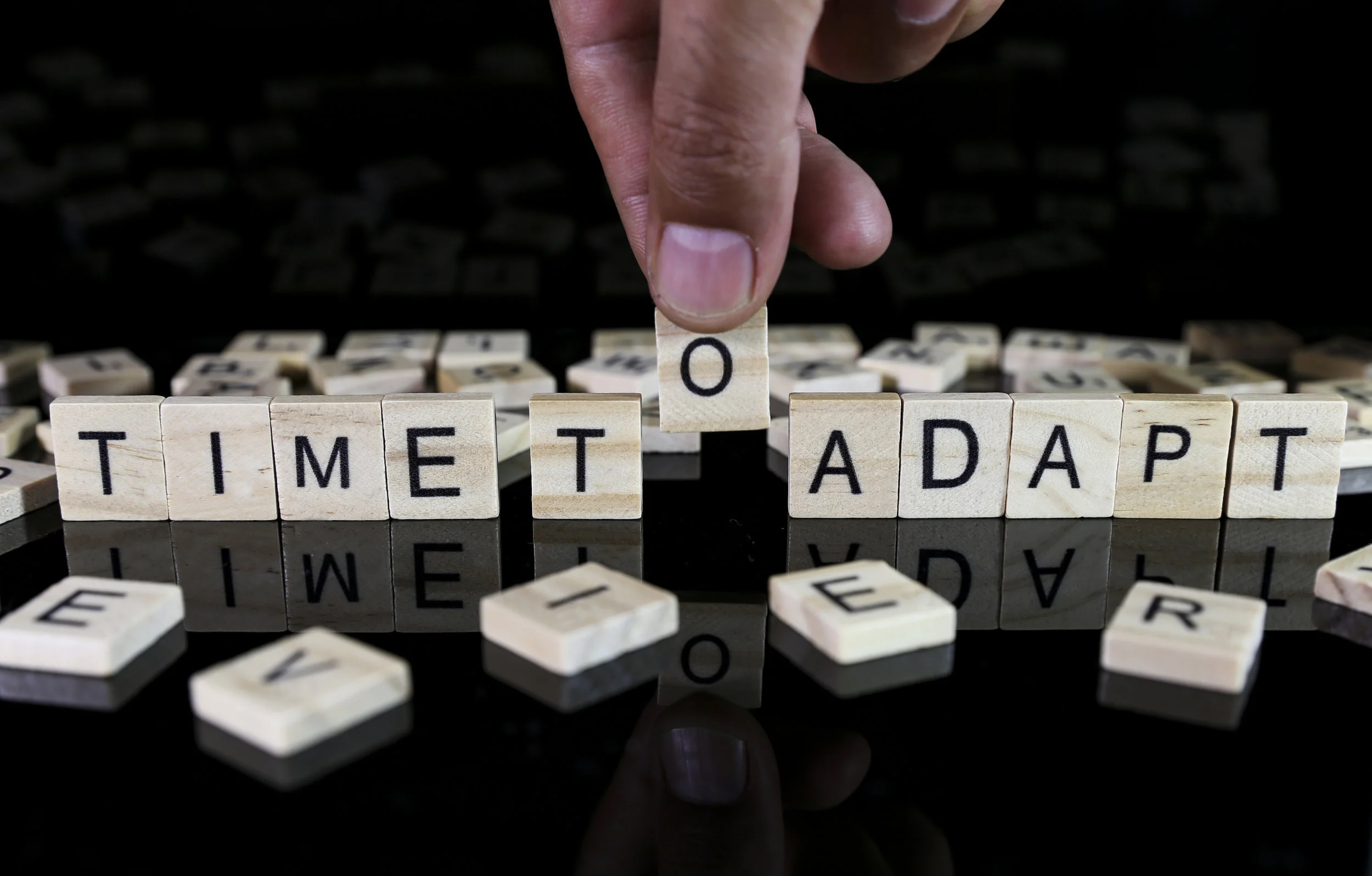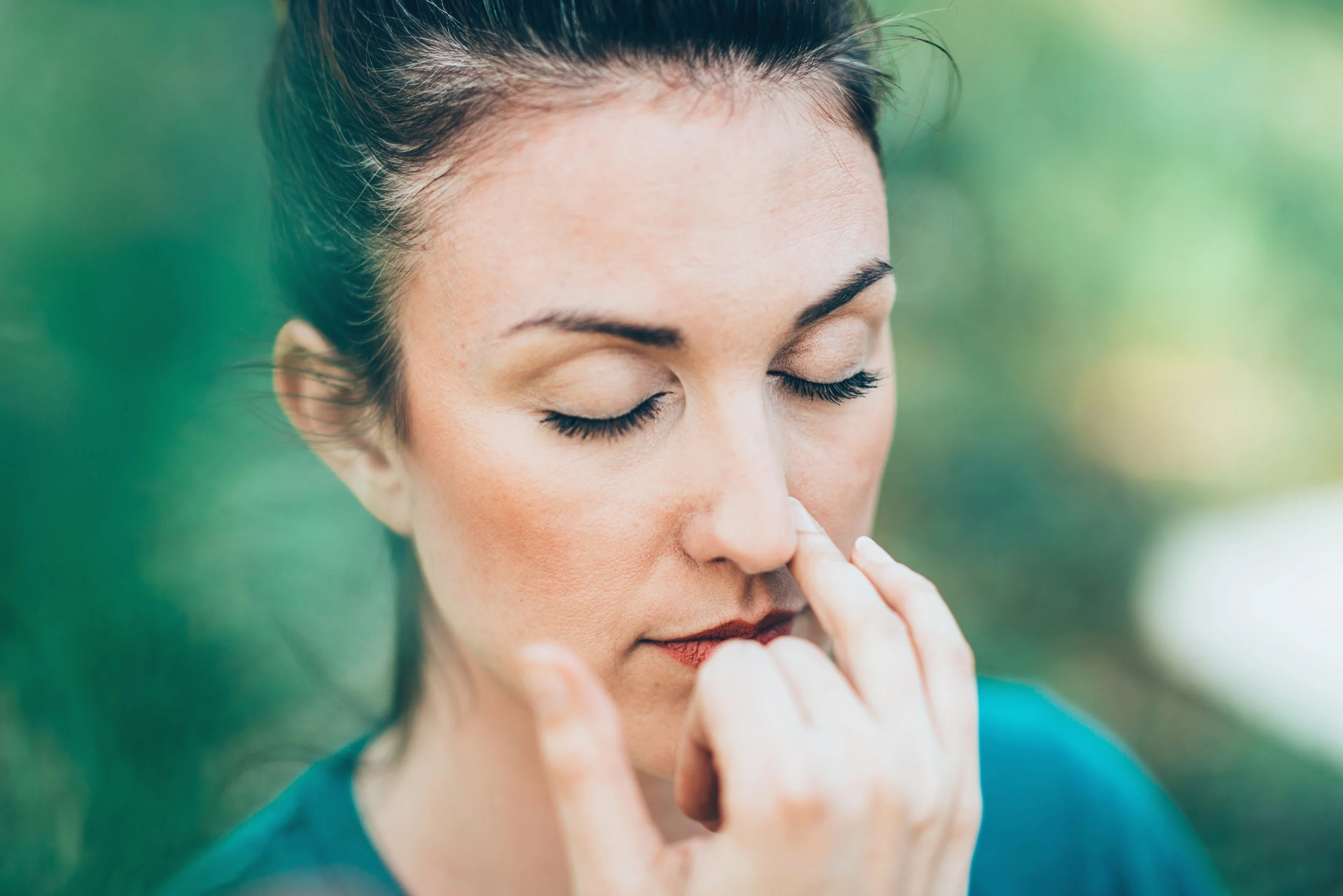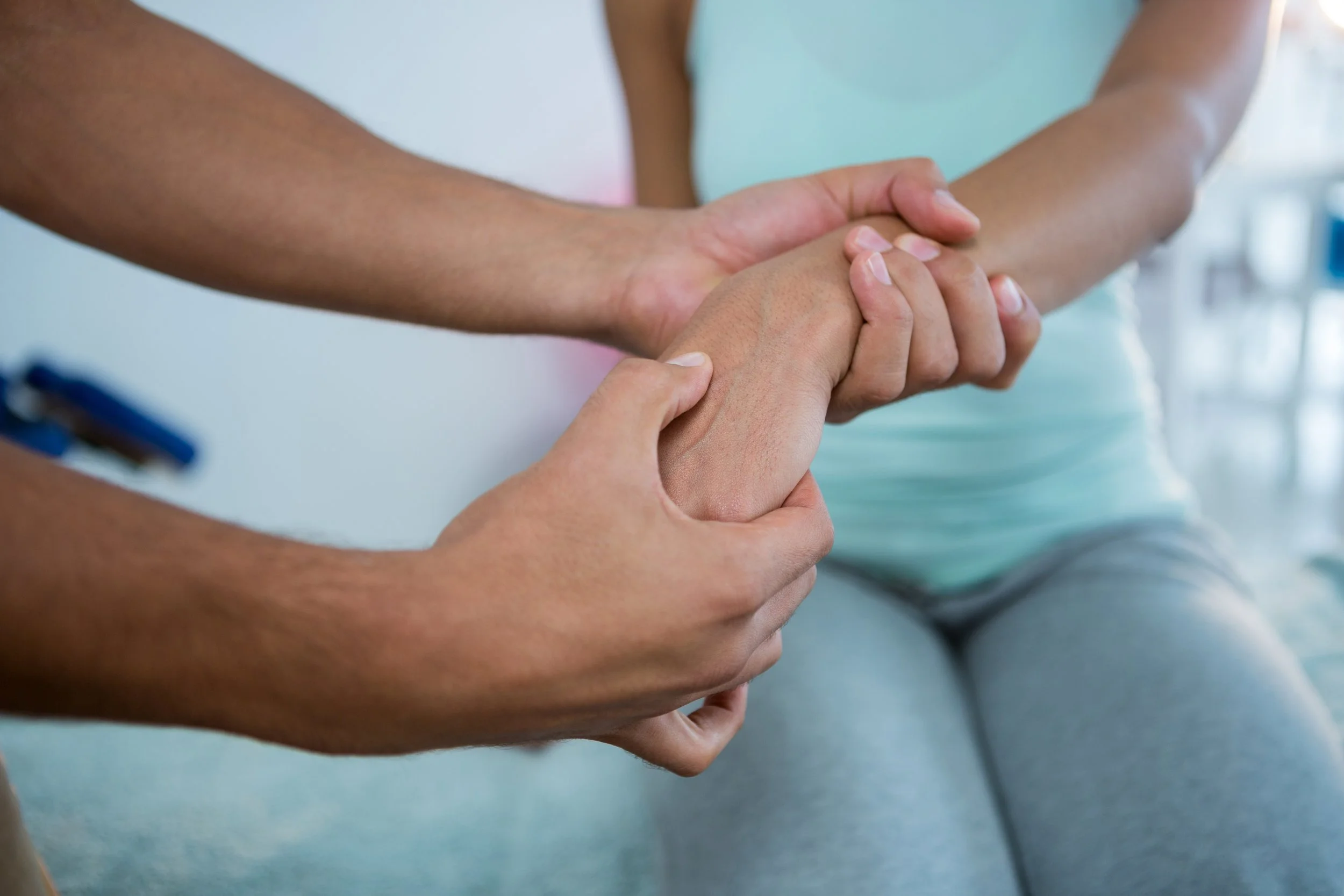Aching calves, burning legs, numbness in the feet — pain and discomfort in the lower extremities is a common complaint that sends many of us to our doctors seeking relief.
But unless the cause is something obvious, like a fall, pinpointing the source may require some medical detective work. Trying to tough it out, though, will not get you any closer to the answers.
“Leg pain that comes on acutely with a bang, is severe and doesn’t resolve within minutes probably needs to be seen right away,” as it could be a sign of a more serious condition, says Dr. Benjamin Wedro, a clinical professor of medicine at the University of Wisconsin and an emergency physician at Gundersen Medical Center in Lacrosse, Wis. “There’s no trophy for suffering.”
Here are some of the potential causes of leg and foot pain:
Blood Vessel Distress
Pain that occurs when walking or exercising may be the result of claudication or decreased blood supply to the legs. This condition is most often a symptom of peripheral arterial disease, or PAD, a narrowing of the arteries that deliver blood to your limbs, typically caused by the buildup of plaque or fatty deposits. Smoking, high cholesterol, high blood pressure and obesity are major risk factors for PAD.
“The leg pain from PAD tends to occur when you’re active,” says John Fesperman, a family nurse practitioner at Duke Primary Care in North Carolina. “When you’re active, muscles need more blood. The lack of adequate blood triggers pain, which is known as intermittent claudication. Once you stop moving, the pain usually disappears.”
Deep vein thrombosis, or DVT, a blood clot in a deep vein that develops after extended periods of inactivity, can also cause major leg pain. Long flights or car rides make it difficult for the leg to return blood back to the heart. If that blood return slows or stops, it can create a clot within the vein. And if part of a clot breaks off and travels to the lungs, it can cause a pulmonary embolism, a serious and potentially fatal blockage of blood flow to the lungs.
DVT usually occurs in only one leg, Wedro says, causing it to swell and turn a bluish hue. “The onset of pain is gradual and tends to occur over a course of hours,” he says.
Peripheral Neuropathy
In some people, leg and foot (and sometimes arm and hand) pain can be the result of neuropathy, a disorder of the peripheral motor, sensory and autonomic nerves that connect the spinal cord to our muscles, skin and internal organs. Neuropathy can cause numbness, tingling and a heavy sensation. “It usually starts in the feet and may cause a burning sensation in the legs,” Fesperman says. In some cases, people may lose their ability to feel sensation in their legs, which can put them at risk for injury and infection.
Neuropathy can be brought on by many factors, including infection, toxins and the effects of alcoholism, but diabetes is the most common cause. According to the Neuropathy Association, approximately 60 to 70 percent of people with diabetes will at some point develop peripheral neuropathy. It can also affect people who have pre-diabetes and may not be experiencing any other diabetic symptoms.
Electrolyte Imbalance
Healthy muscle function depends on nerves being supported by a well-balanced mix of electrolytes — minerals like sodium, potassium, calcium and magnesium that have an electric charge. Electrolytes transmit signals that support nerve, heart and muscle function, and affect the amount of water in your body as well.
But certain medications; dehydration; and conditions like diarrhea and kidney disease can alter your electrolyte balance. When electrolyte levels become too low, it can cause leg pain. For example, when sodium, which attracts water to cells, is depleted, cells straining to compensate for the lack of fluid can bring on painful cramps.
Diuretics prescribed to control blood pressure are the most common culprits, Fesperman says, because they can deplete electrolytes in the blood. “Potassium and calcium mediate muscle contraction,” he says. “An imbalance in either or both can cause muscle cramping.”
By reducing blood flow, dehydration can cause electrolyte imbalance, and cramps, as well. Likewise, if you drink too much water, you can flush out too many electrolytes.
Back Problems
Conditions that affect your back often lead to pain in the legs as well. Spinal stenosis, in which the spinal canal gradually narrows, pressuring the nerves, usually affects people over 50 and can be caused by arthritis, scoliosis or spinal injury. The pressure can impinge on nerve roots as they leave the spinal cord to form the sciatic nerve, the body’s largest. The irritated nerves can cause significant pain.
Sciatica, a painful inflammation of the sciatic nerve, is typically experienced on one side of the body, and can travel from your lower back down your leg to your feet or even toes. Sciatica is difficult to diagnose and sometimes goes away on its own. It can be brought on by spinal stenosis.
“Sciatic and spinal conditions may come on gradually over time but may also have an acute onset,” Wedro says. “Over time, what had been tolerable becomes an acute issue. Sciatic nerve inflammation caused by changes in the back, such as arthritis, muscle spasm or injury, may radiate into the buttocks and down the leg.”
If the leg pain is accompanied by the loss of bladder or bowel control or numbness near the anus or vagina, seek emergency care immediately. You may have cauda equina syndrome, a rare disorder affecting the nerve roots at the lower end of the spine. Without immediate treatment, the spinal cord can shut down and you may develop permanent paralysis.
Arthritis
There are many types of arthritis. Osteoarthritis, the most common form, breaks down the cartilage in your joints, causing a buildup of painful bone spurs, cartilage loss, inflammation or soreness. Rheumatoid arthritis, an autoimmune disease, attacks the lining of the joints, also causing inflammation and pain.
Although arthritis is a joint disease, the pain it causes can be felt in the surrounding leg and foot muscles. “Any joint under stress can cause pain,” Wedro says. “The pain is within the joints. But the muscles around it try to protect it and you can go into spasms and get secondary muscle pain.”
Getting Treatment for Leg Pain
The appropriate treatment for leg pain depends on the underlying cause. Diabetics may need to improve their blood glucose control to prevent diabetic neuropathy, while arthritis sufferers may need medication or surgery.
“All treatments aim for long-term control of symptoms,” Wedro says. “There may not be one cocktail that works for everybody. It all depends on what has caused the leg pain. It will be trial and error for you and your doctor to find the treatment that works.”
The bottom line? Take all leg and foot discomfort seriously. “Pain means part of the body isn’t working right,” Wedro says. “The problem might be a disaster that is life- or limb-threatening, or it may be an inconvenience that might resolve with a little time and care. But if you have pain, see your doctor. Never dismiss it.”
This article originally appeared on nextavenue.com and was written by Winnie Yu.











![Self-regulation “control [of oneself] by oneself"](https://images.squarespace-cdn.com/content/v1/55563e14e4b01769086817cb/1542845645966-PO2HGKF5JLUBM45UIWQ3/wee-lee-790761-unsplash.jpg)




















